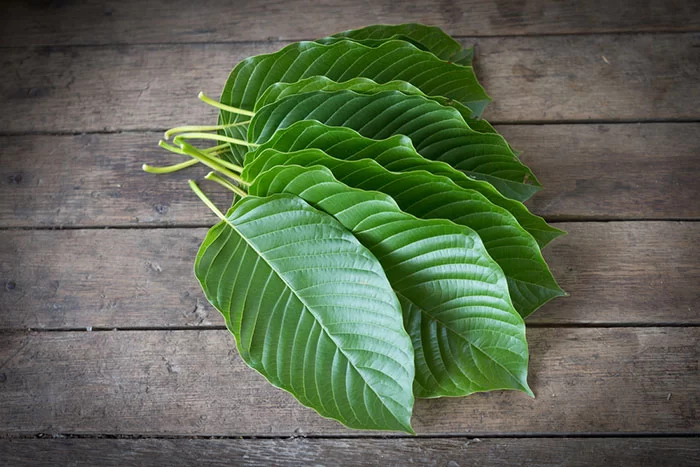Several users argue about the recent call for a ban on using kratom by the Drug Enforcement Administration. They are stating that the use of the plant has positive effects on health.
In August last year, the DEA announced the ban, which will come into effect in a few months. However, patients suffering from chronic pain and those on opiate medications before stated that using kratom helped them relieve their pain and keep opiate medications.
What is Kratom?
According to DEA, kratom comes from a tree in Southeast Asia called Mitragyna Speciosa. The leaves have a natural impact on the brain, as they are rich in psychoactive properties. It is possible to use the leaves in their raw format. You can crush them, smoke, brew to make tea, and make a capsule.
The Reason Behind Kratom Consumption
Pain relief is an essential part of recovering patients. Pain management is crucial, and attending to it is necessary, a part of any recovery program. However, most of the drugs used are opioids, making one become an addict over a period. Getting off opiates becomes difficult, and long-term use results in side effects.
Using kratom as an alternative for pain management became effective. Pain relief offered by the plant is why people are consuming it, which is available in different forms. According to Marc Swogger, associate professor of psychiatry, kratom has analgesic or painkiller properties.
The professor further stated in his study published last year that people use kratom to stop them from using other drugs. As opiate becomes addictive with continuous use, withdrawing from it becomes difficult, and in some cases, impossible. However, quite a few people reported that using kratom helped them come out of the withdrawal symptoms and discontinue opiates successfully. The findings by Mr. Swogger supports previous research that states that kratom contains therapeutical properties, which is excellent as an alternative to opiates.
The study conducted by the professor also shed light on other aspects of using kratom. Several reported that using the plant helped them deal with post-traumatic stress disorder (PTSD) and anxiety. There is a possibility for many to experience euphoria upon using the plant and the sense of well-being. The professor stated that many people who were using kratom used it to treat pain or discontinue using opiates but not to get high. Nonetheless, smoke shops advertise the plant as “legal high.”
How Does Kratom Affect the Body?
Breezy trees botanicals is a one-stop-store for purchasing different variants of the kratoms. You can choose strains, blends, and pills. Additionally, you can look out for organic CBD products.
According to Swogger, research is still in the nascent stage, and one is not sure how kratom functions on the body. Although it is not an opiate, it does have the ability to bind with opiate receptors. Many people think that the mitragynine compound present in kratom is the primary ingredient. However, Swogger stresses that there is much more to learn about the plant.
Unlike opiates with a sedative effect, kratom shows no such signs and provides a stimulating effect at a much lower dose. The person using it in either the strain or blended form experiences relaxation and a sense of feeling high when consumed in higher quantities. According to the study conducted by the professor, the plant can provide pain relief without knocking the user.
Are Risks Involved in the Use of Kratom?
The significant and common side effects that one would notice upon using kratom are vomiting, upset stomach, and itching. A few people will experience mild sedation. However, according to professor Swogger’s study, these are relatively less compared to that of opiates.
There are no reports of deaths due to the use of kratom. Additionally, there are no overdosing reports because one will vomit immediately, even with a little increase in the intake amount than the usual quantity. There arises no point of overdose.
Will Kratom Become Addictive?
DEA states that kratom has addictive properties, and one is prone to addictiveness when used for more extended periods. Nonetheless, many support the use of the plant because of the pain relief it provides.
Some people reported experiencing withdrawal symptoms and tolerance towards the drug. Researchers stated that withdrawal symptoms and the development of tolerance towards the substance appeared to be mild relatives of opiates. However, they were not in uniform to have a precise understanding.
After heavy use of the plant, at least one in ten people reported withdrawal symptoms after a single day without using the drug. The findings highlight that it is essential to educate people about the risks involved in using kratom. It is crucial for anybody with a previous history of substance use to weigh the advantages and disadvantages of using kratom carefully.
Summary
Even though kratom is less addictive than other opiates and provides the best pain relief, it may also become difficult to stop using it after consuming it for long periods. A careful approach and the right amount of drug use is essential to prevent unwanted addiction. Additionally, relying on a trusted buyer is vital to get the best products.

